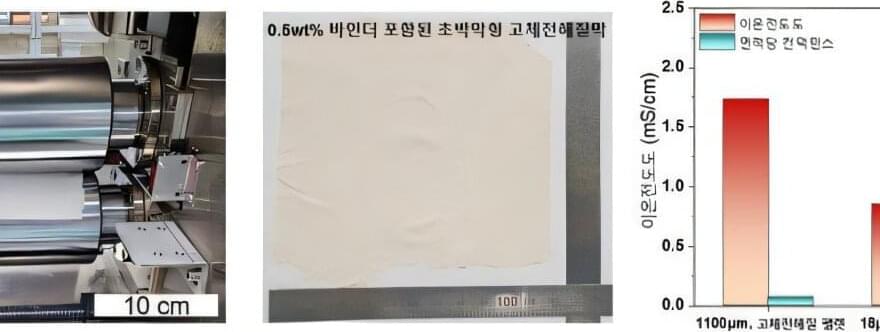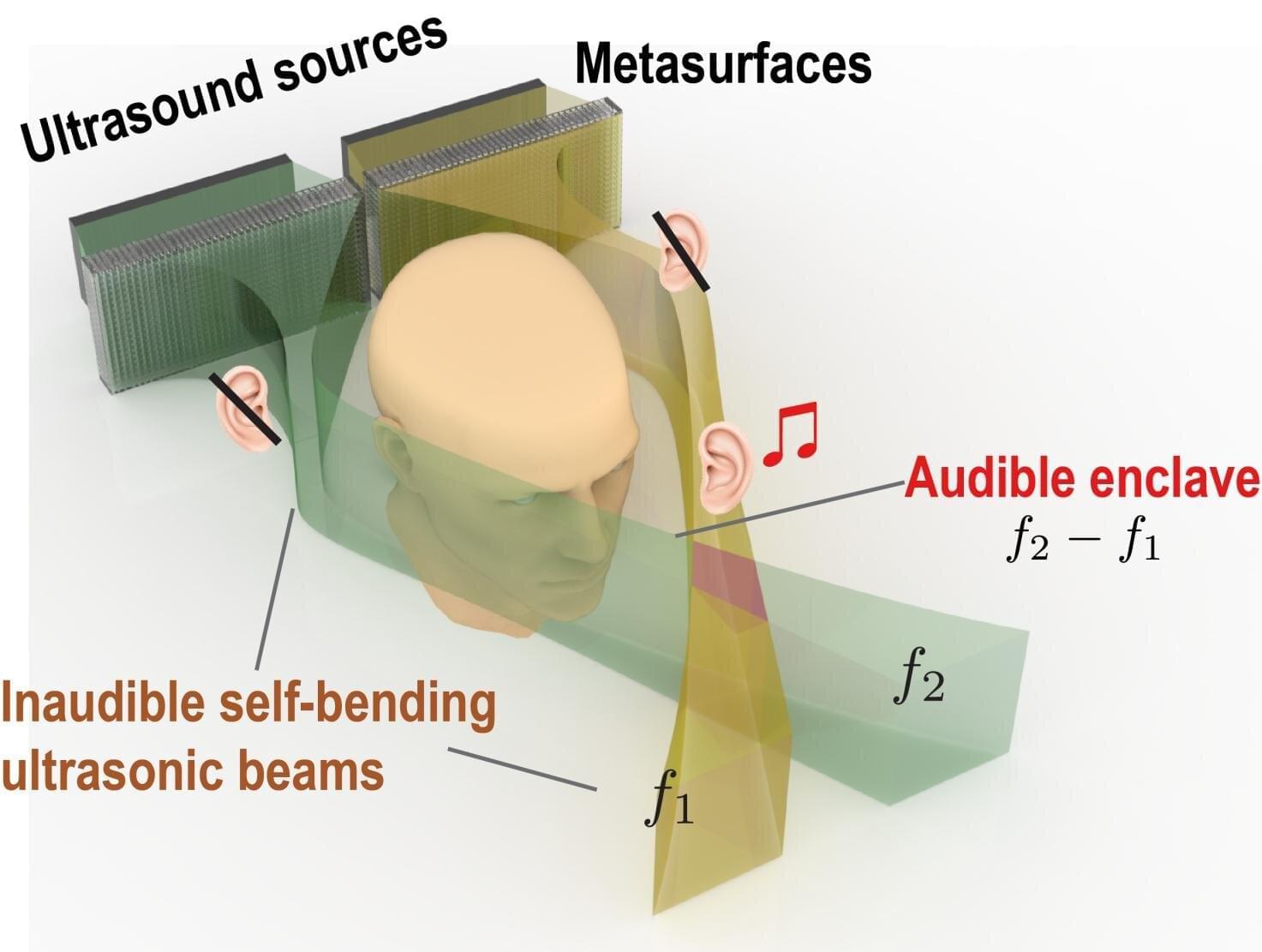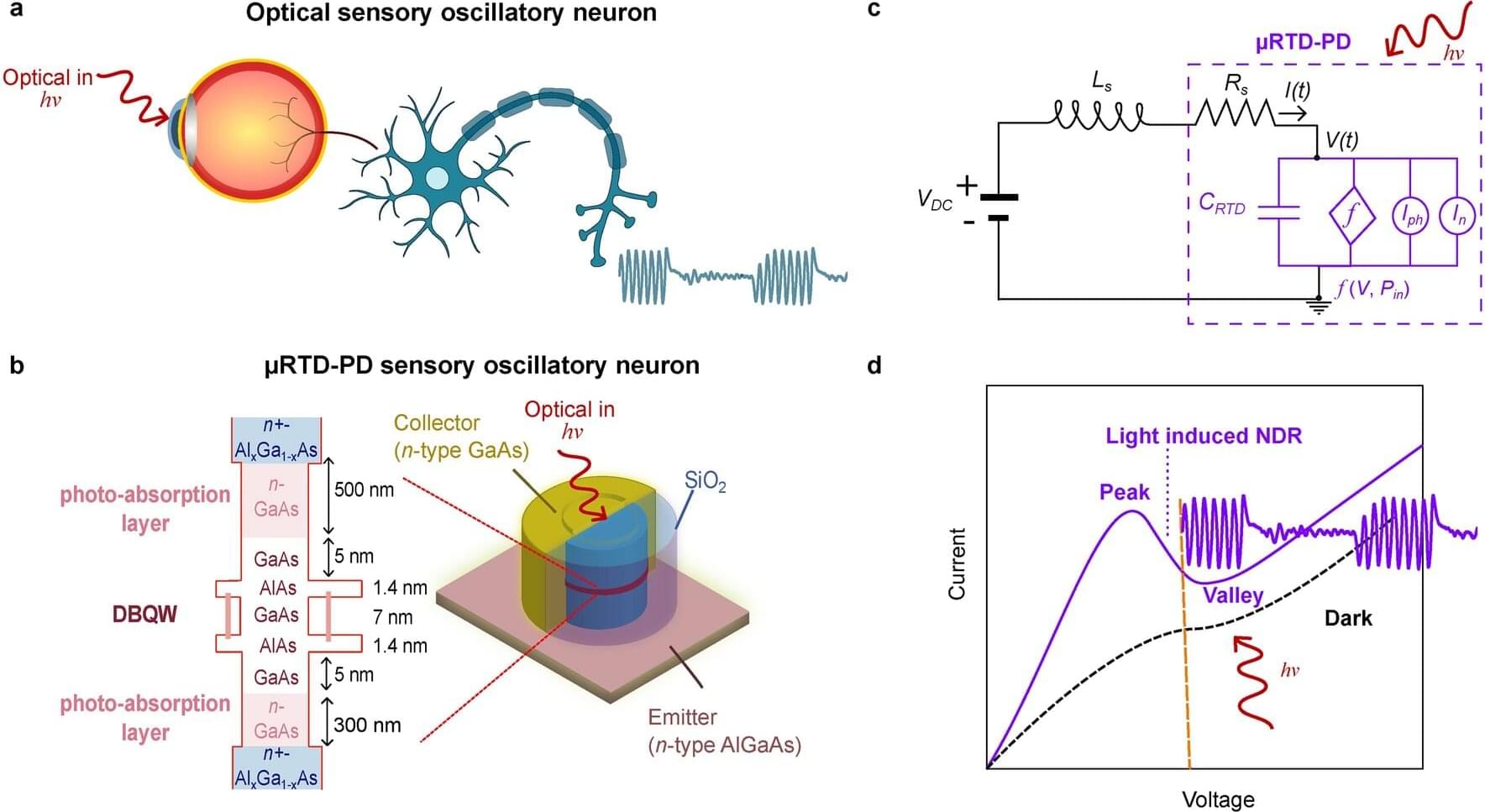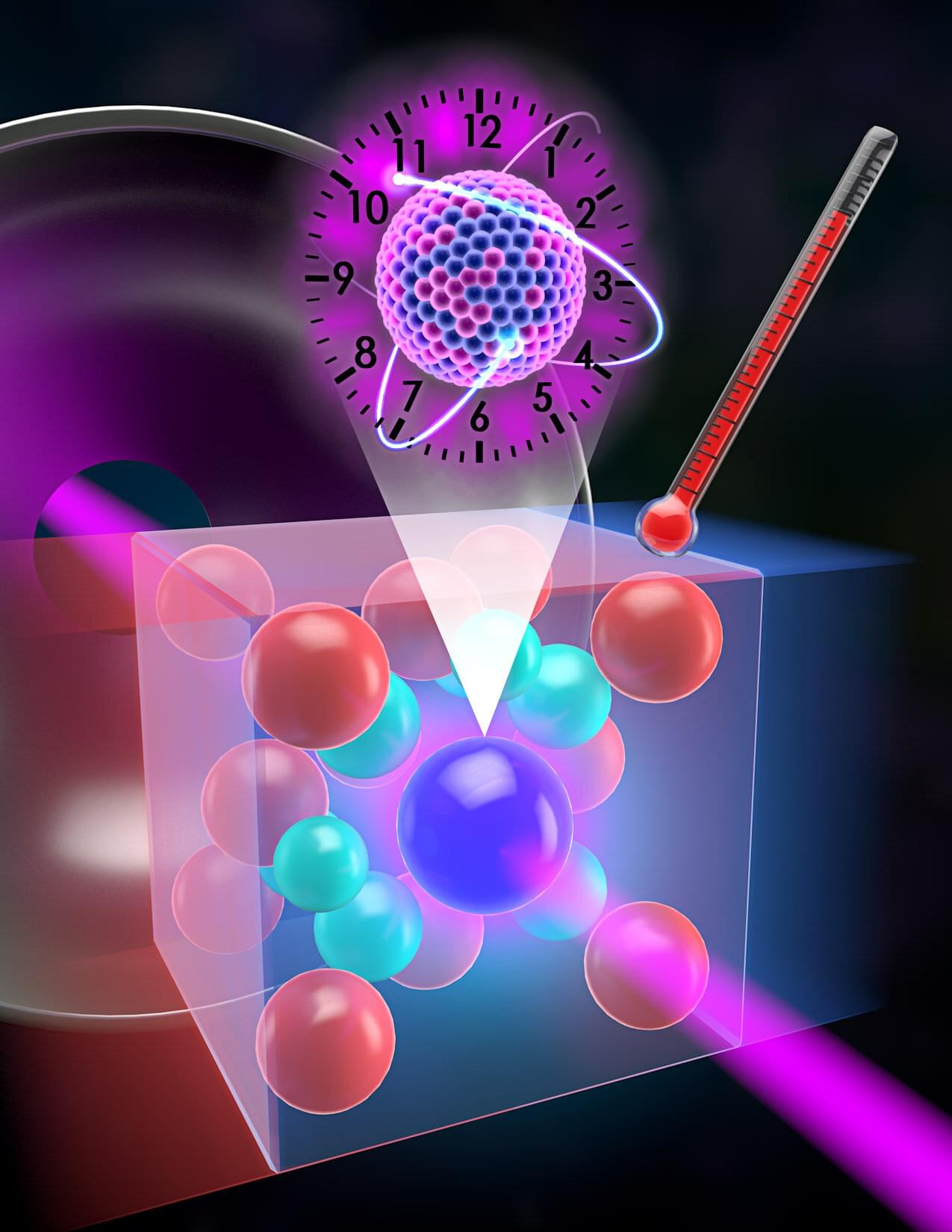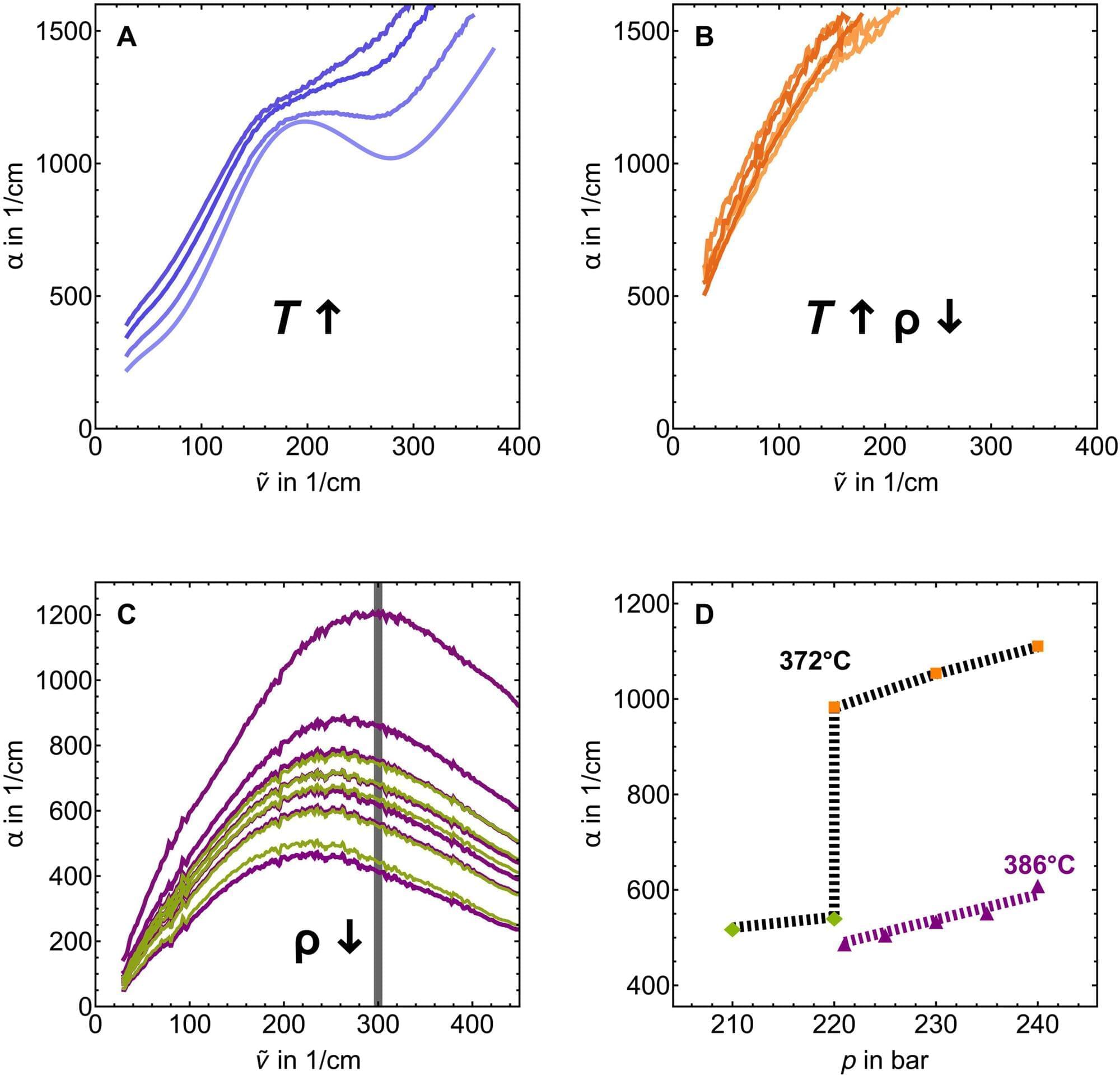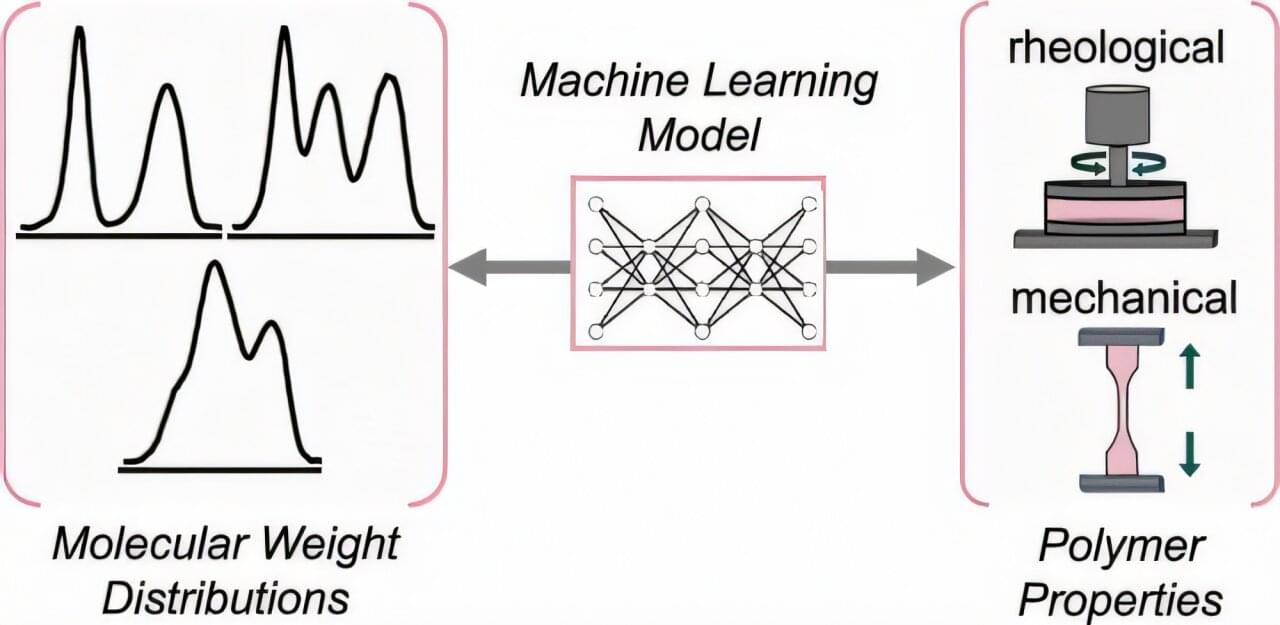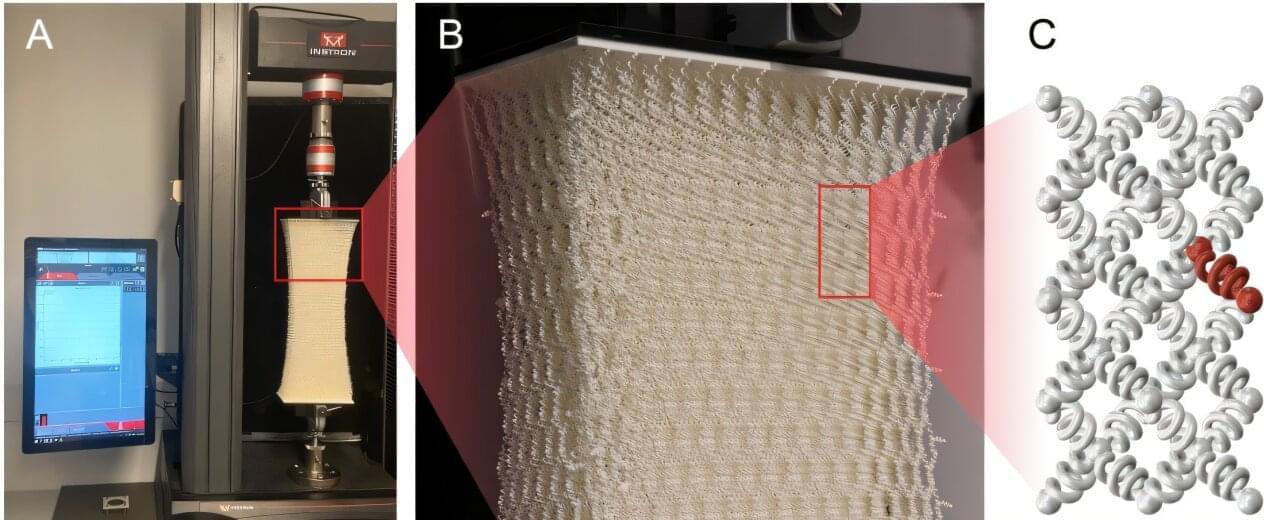Korean researchers have succeeded in developing a key technology for all-solid-state secondary batteries, known as next-generation lithium-ion batteries due to their high safety. The work was published online as a cover study in Small at the end of last year.
Electronics and Telecommunications Research Institute (ETRI) developed a separation membrane based on a binder material that easily becomes fibrillized when subjected to mechanical shearing (force applied) through a mixing process with solid electrolyte powder without using a solvent. This solid electrolyte membrane is simple and fast to manufacture and is extremely thin and robust.
In general, in research on all-solid-state secondary batteries, the thickness is set to several hundred micrometers (µm) to 1 millimeter (mm) to increase the durability of the membrane when using a hard solid electrolyte in the manufacturing process. However, this has the disadvantage of being too thick compared to conventional polymer separation membranes, resulting in a very large loss of energy density.
